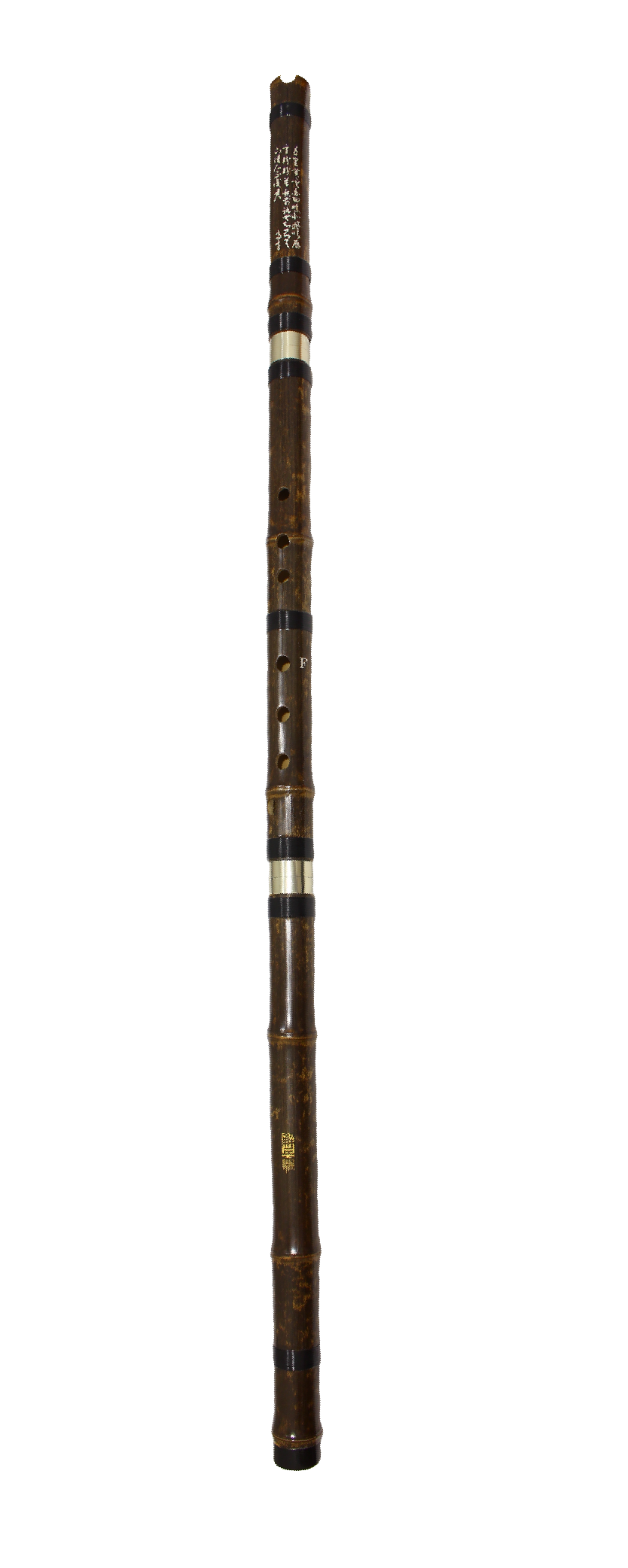
Xiao - Chinese Woodwind Instrument
The xiao is a vertical flute that is believed to have originated from Xi Qiang (present day Gansu) during the Han Dynasty. Then called the qiangdi, it had four finger holes and one blow hole.
A fifth hole was added to the end of the qiangdi around 77 BC to 37 BC, and by AD 247, the qiangdi possessed a total of six playing holes - largely similar to the current xiao that we know of.
The Chinese xiao - or dongxiao - is constructed from wood, and comes in eight different keys. It is one of the instruments commonly found within the Chinese orchestra.
Due to the nature of the instrument, the xiao is naturally soft in volume and does not possess a large range of dynamics. The instrument’s timbre is sweet and tranquil; it is used on occasion for solos and usually performed with either the qixianqin (seven stringed zither), the ruan, pipa or erhu. Music for the xiao is typically gentle, calm and quiet in nature.
Techniques required for the playing of this instrument is similar to that of the dizi, but as it is relatively less flexible, more skill is needed to execute these techniques.
CURIOUS HOW THE XIAO SOUNDS LIKE?
Frequently Asked Questions
